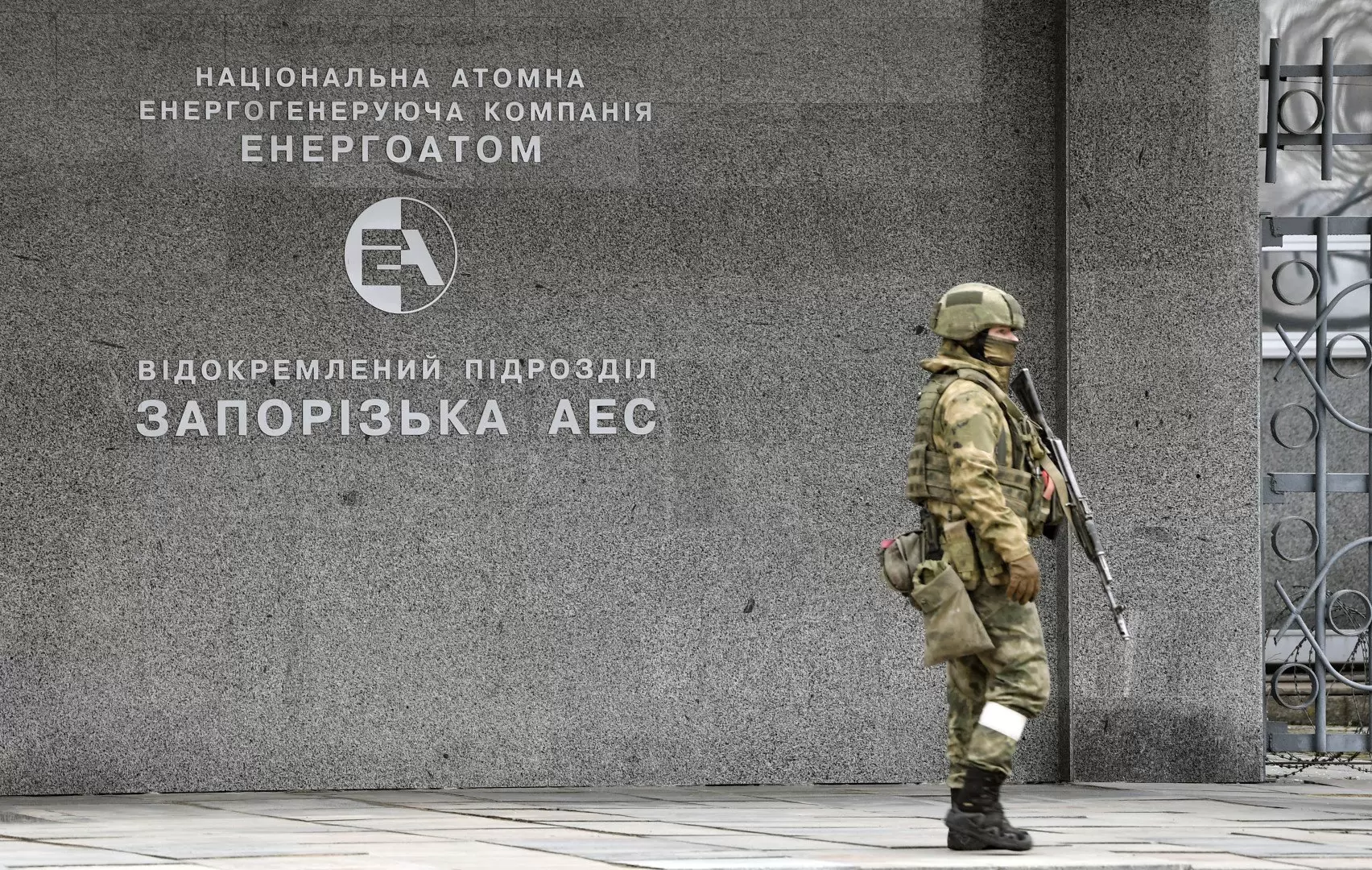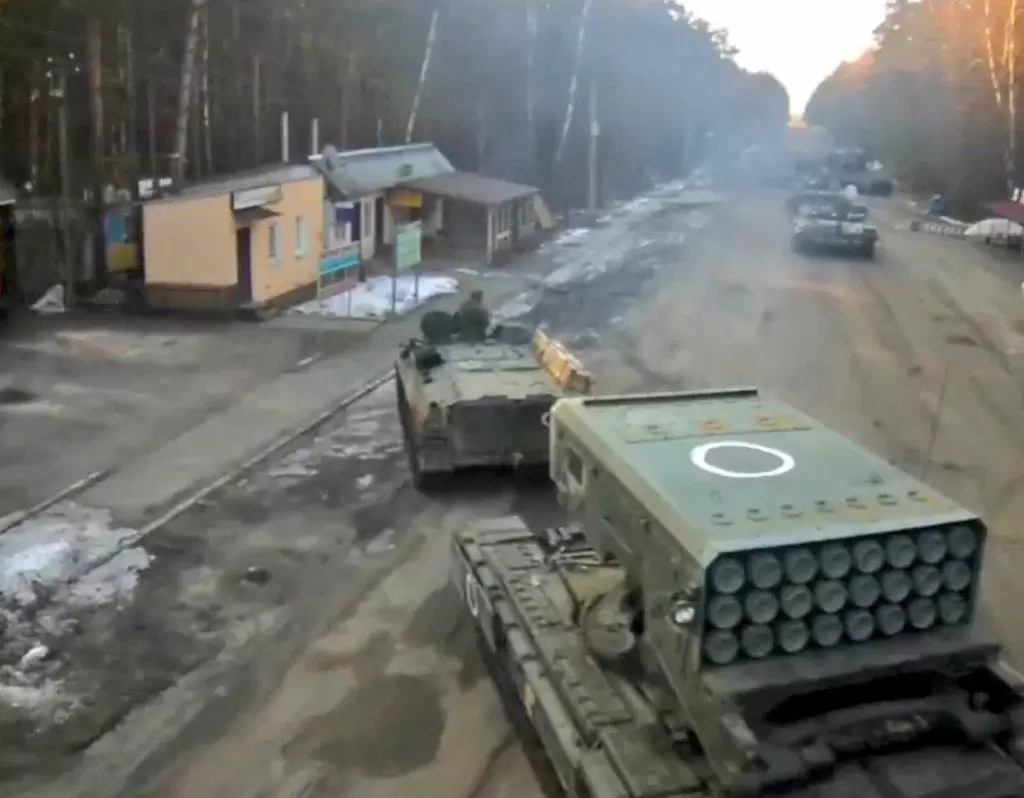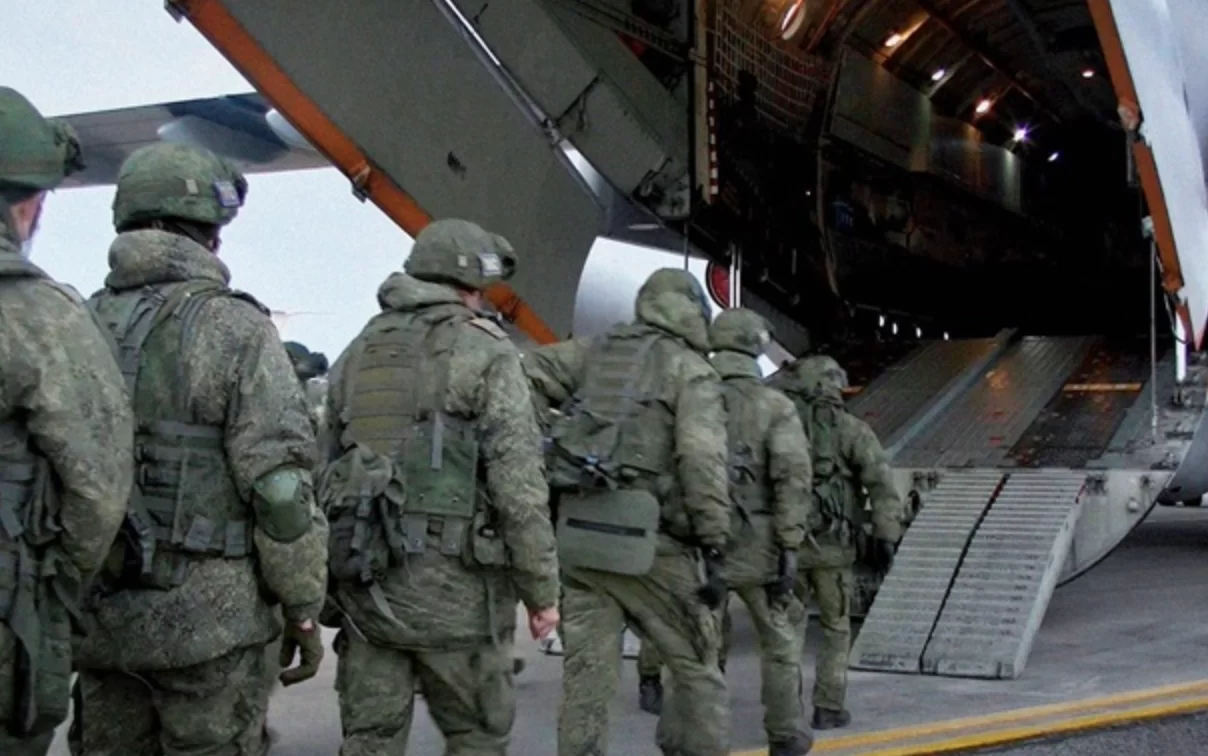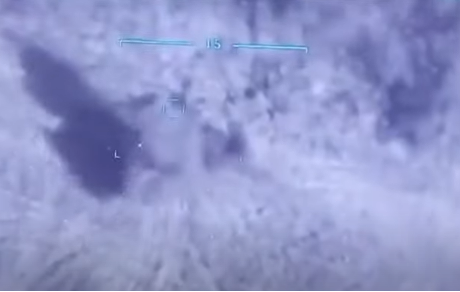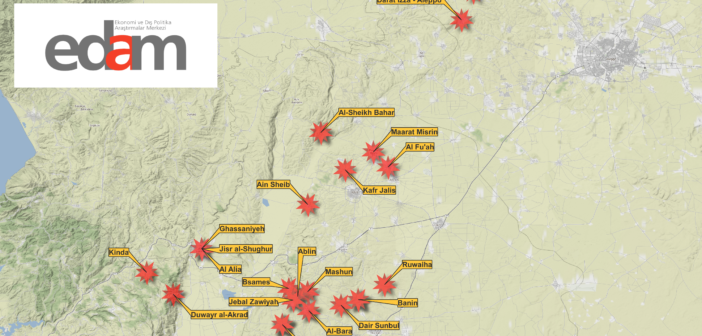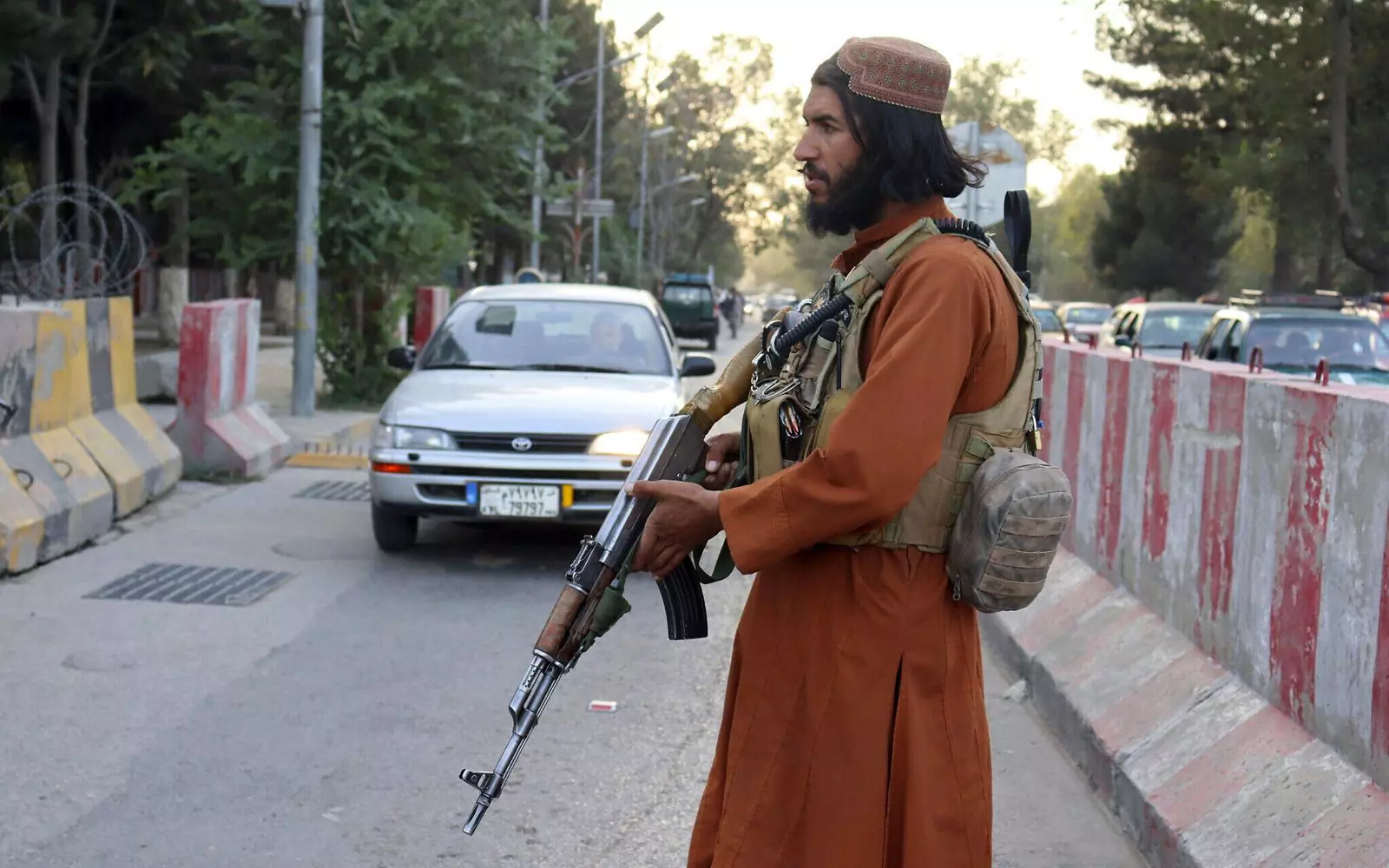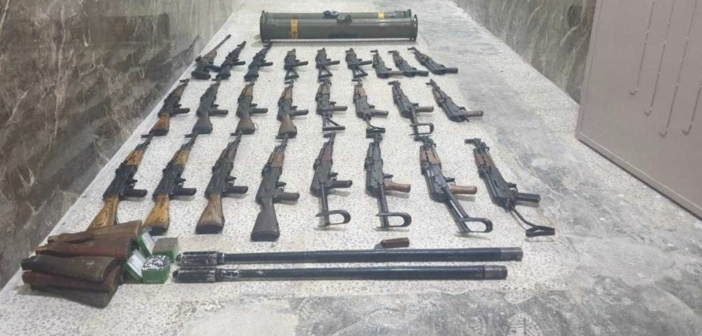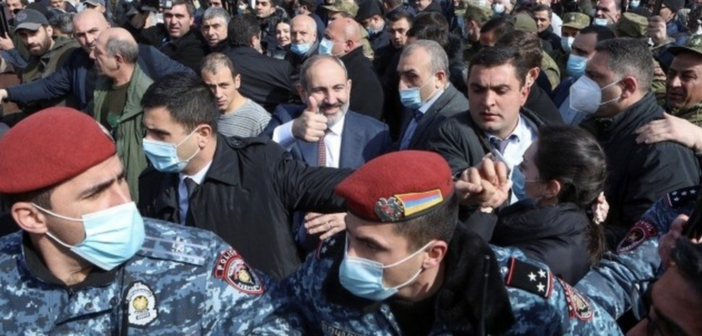
Ukraine’s Zaporizhzhia Nuclear Power Plant on the Edge of a Potential Crisis
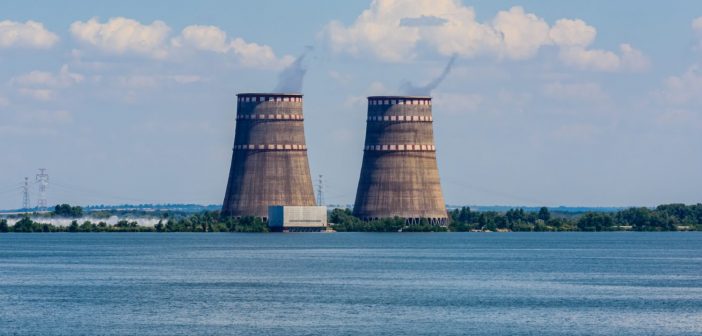
While passing the 100th day since the Russian invasion of Ukraine, both sides continue to suffer from significant loss of personnel and equipment. Deputy PM for construction and regional policy Marat Khusnullin’s offer to Ukraine to sell electricity from the invaded Zaporizhzhia NPP shows the audacity of the war. This is not only an attempt to legitimize the invasion, but also a dangerous way for Russia to use Europe’s largest NPP for political purposes.

Zaporizhzhia Nuclear Power Plant. Source: Ukrainska Pravda in English
Apart from the permanently shut down Chernobyl NPP, Ukraine has four NPPs with 15 pressurised water reactors (PWR) in total. As EDAM’s previous publication highlighted, these NPPs are; Rivne, South Ukraine, Zaporizhizia, and Khmelnitski. Currently, 8 only out of 15 reactors are connected to the grid. Chernobyl, Rivne, South Ukraine, and Khmelnitski are under Ukraine’s control. However, the future of Zaporizhzhia, which is in the southern area of Ukraine situated in Energodar, remains under high risk.
The occupation of the Zaporizhzhia NPP (ZNPP) evolves into a different level. This can change not only the course of war, but also Ukraine’s nuclear energy sources. The Russian-controlled ZNPP has six reactors and only two of them are operational. The decrease in the number of active reactors in the country is one consequence of the ongoing war in Ukraine. Regarding the possible scenarios of the shutdown of the ZNPP, Energoatom stated that “its detachment is impossible from a technical, security, economic or political point of view”.
Zaporizhzhia’s capacity and contribution to Ukraine’s overall electricity supply are what makes it significant. The Russian Deputy Prime Minister’s statement during his visit in Melitopol underlines the ambition to continue to control the facility. Hence, proposing to sell electricity from an invaded power plant is one of the ways to normalize the invasion.
Westinghouse and Energoatom signed an agreement in order to “supply all nuclear fuel to the Ukrainian installed fleet” the company released on June 3. This recent agreement is a strategic move. However, it is important to emphasize that at the end of the day the Zaporizhzhia NPP, which is the largest NPP of Europe, is still under Russia’s control. Considering the fact that Ukraine had “lost control over the facility’s nuclear material”, as the International Atomic Energy Agency (IAEA) announced, the situation is alarming. Combined with the lack of information from the site and absence of an expert mission to the Zaporizhzhia NPP, the future and safety of the facility are at stake. IAEA’s Director General Rafael Mariano Grossi previously expressed IAEA’s willingness to lead a mission to the NPP.
After the first visit to South Ukraine NPP during March, with a consequent excursion to Chernobyl in April, IAEA conducted its third expert mission this early June. During the latest and second mission to Chernobyl NPP and the Exclusion Zone, IAEA provided with their support on “radiation protection, safety of waste management, and nuclear security”. On June 7, Director General Grossi stated that “dozens of radiation detectors are once again transmitting data from the area around the Chernobyl NPP”. It was previously paused operating during the early stage of the war. This recent development is an important stepping stone, as it is crucial to receive data from the area of Chernobyl NPP and the Exclusion Zone.
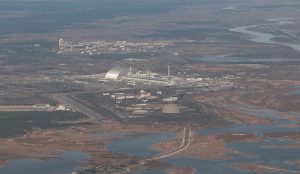
Chernobyl Nuclear Power Plant (NPP). Source: Reuters
Regarding the potential risks faced by the NPP, the National Nuclear Energy Generating Company of Ukraine (Energoatom) released a video on June 5 from the surveillance cameras showing a Russian missile flying over the South Ukraine NPP, which is located in Mykolaiv. On the same day, Ukraine informed IAEA that a cruise missile was seen over the South Ukraine NPP. The South Ukraine NPP is in a fragile location due to its close proximity to Russian-controlled Ukrainian territory such as the city of Kherson in the south of Ukraine. This reckless action over a South Ukraine NPP points out the risky game, which Russia is pursuing.
What Next?
As war soars, there are certain trends that need to be monitored. Under the current circumstances, IAEA’s access to the Zaporizhzhia NPP is urgent in order to obtain detailed data from the facilities. Russia is aware of the benefit of controlling the Zaporizhzhia NPP and its rethoric signals its expectation from the facility in the coming period. Therefore, the future of the Zaporizhzhia Nuclear Power Plant constitutes a critical part of the southern front of the war in Ukraine.

